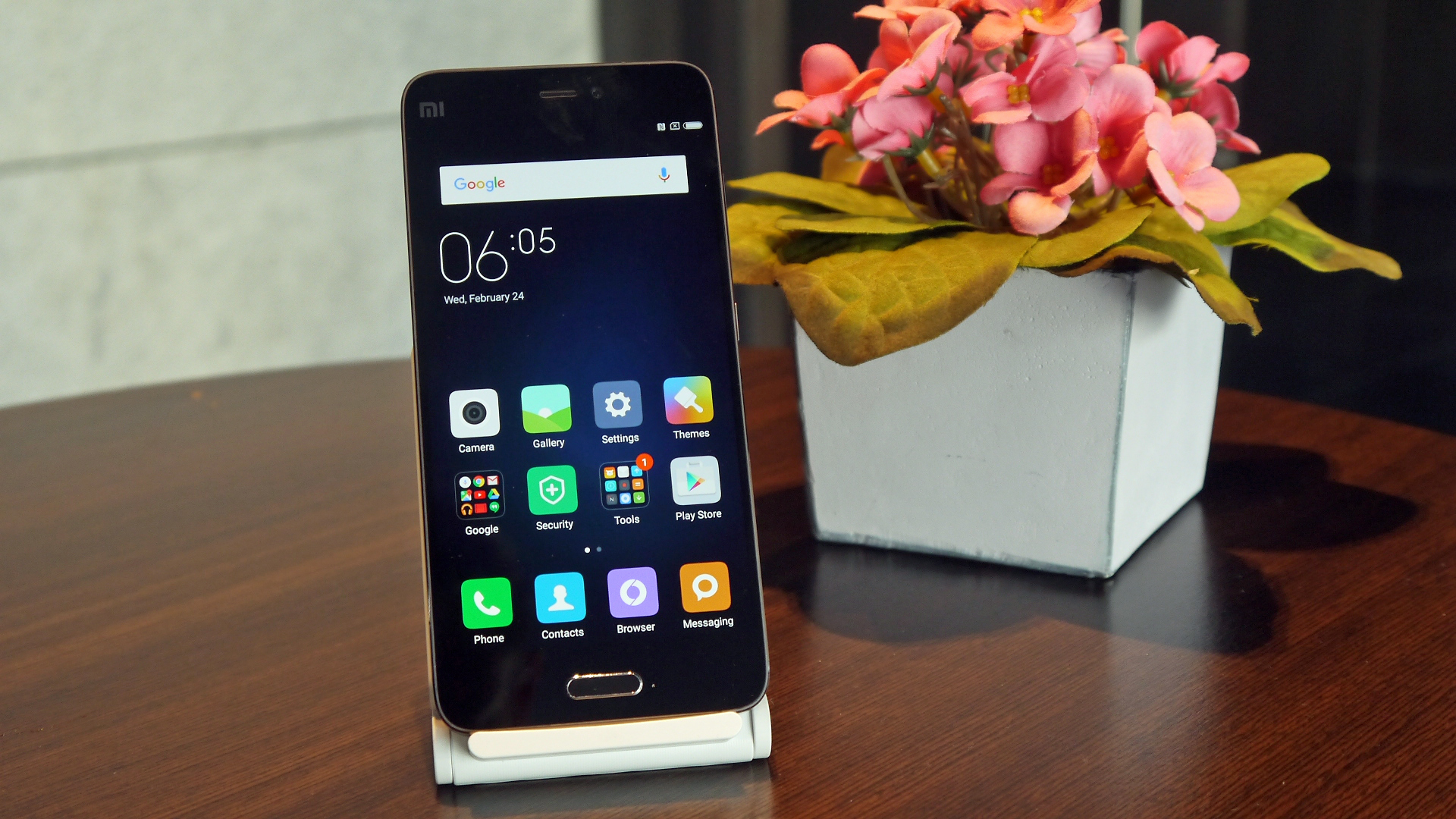Why you can trust TechRadar
- Features a 3000mAh battery that keeps the phone running for a full day
- Only lost 9% of its battery in our video test
Bearing in mind that this is a dual-SIM phone, I feared the battery life might no be great – and I was wrong.
In general, a 3000mAh juice pack like the one in the Mi5 is more than ample to keep a phone going for a whole working day; however, I found that I could get 24 hours out of the Mi5 on a full charge. Obviously for some of those hours I was asleep, and so was the phone, but it's still impressive.
It's worth pointing out here that Xiaomi has some novel approaches to saving power; the battery menu is a little hidden, but it's worth seeking it out. As with most phones there are power profiles – some are provided, but you can also create your own to suit your needs.
To tweak the battery life you can manually set the screen brightness level, and how quickly the phone sleeps. You can switch off sync, Bluetooth and GPS, and turn of the haptic feedback when you tap the screen. Interestingly you can also have the phone clear its memory when locked, which Xiaomi seems to think will help with battery life.
You can also schedule times for profiles to activate. I kind of like this idea, because unless it's been a really good night I won't be needing my phone to do much from 2am to 6am, and at the end of the scheduled time you can tell it to switch to any other profile – pretty nifty.

Beyond that you can also get the Xiaomi Mi5 to switch itself off at a certain time, and back on again at another time. In fairness this probably won't save much more power than putting the phone into a heavy sleep, but it could be useful to have a period during the night when the phone can't make any noise whatsoever.
It's also possible to manage the power consumption of individual apps. The phone will do this automatically by default, using its own metrics to decide what apps are over-using power. You can adjust this to have no restriction, some restrictions, or completely ban apps from running in the background – doing this with the Facebook app might buy you a lot of extra run-time.
The flexibility offered here is, I think, pretty great. Battery life on the Mi5 is good anyway, but there's so much here to tweak that you can develop a nicely customised experience that will suit how you use your phone.
In the GeekBench battery test the Xiaomi Mi5 managed 6 hours 30 minutes, which gives it a score of 3905. Those results put the phone around the same level as the Samsung Galaxy S6 and S6 Edge –but here's the problem with benchmarks, because I found the Mi5's real-world battery life to be much longer than that of the S6 Edge, which is my main Android phone.
I also ran the standard techradar test of battery life, which involves playing a 90-minute HD video with the screen brightness set to maximum and the phone connected to Wi-Fi; the handset does its normal syncing in the background, and we test the battery life after the video finishes.
After 90 minutes, rather amazingly, the Mi5 had lost just 9% of its charge, with 91% remaining. This is an impressive result, and beats the Samsung Galaxy S7 quite comfortably.
